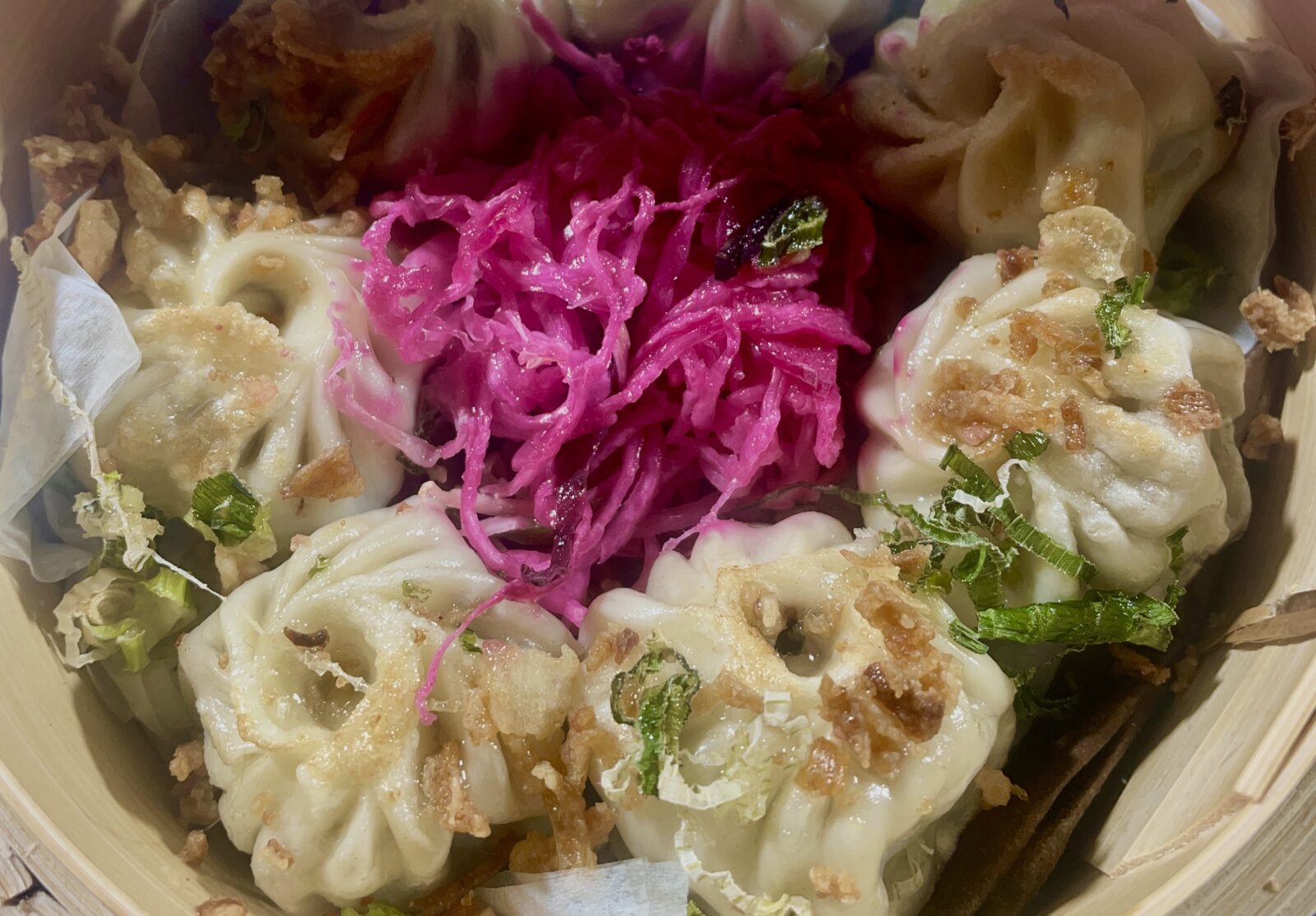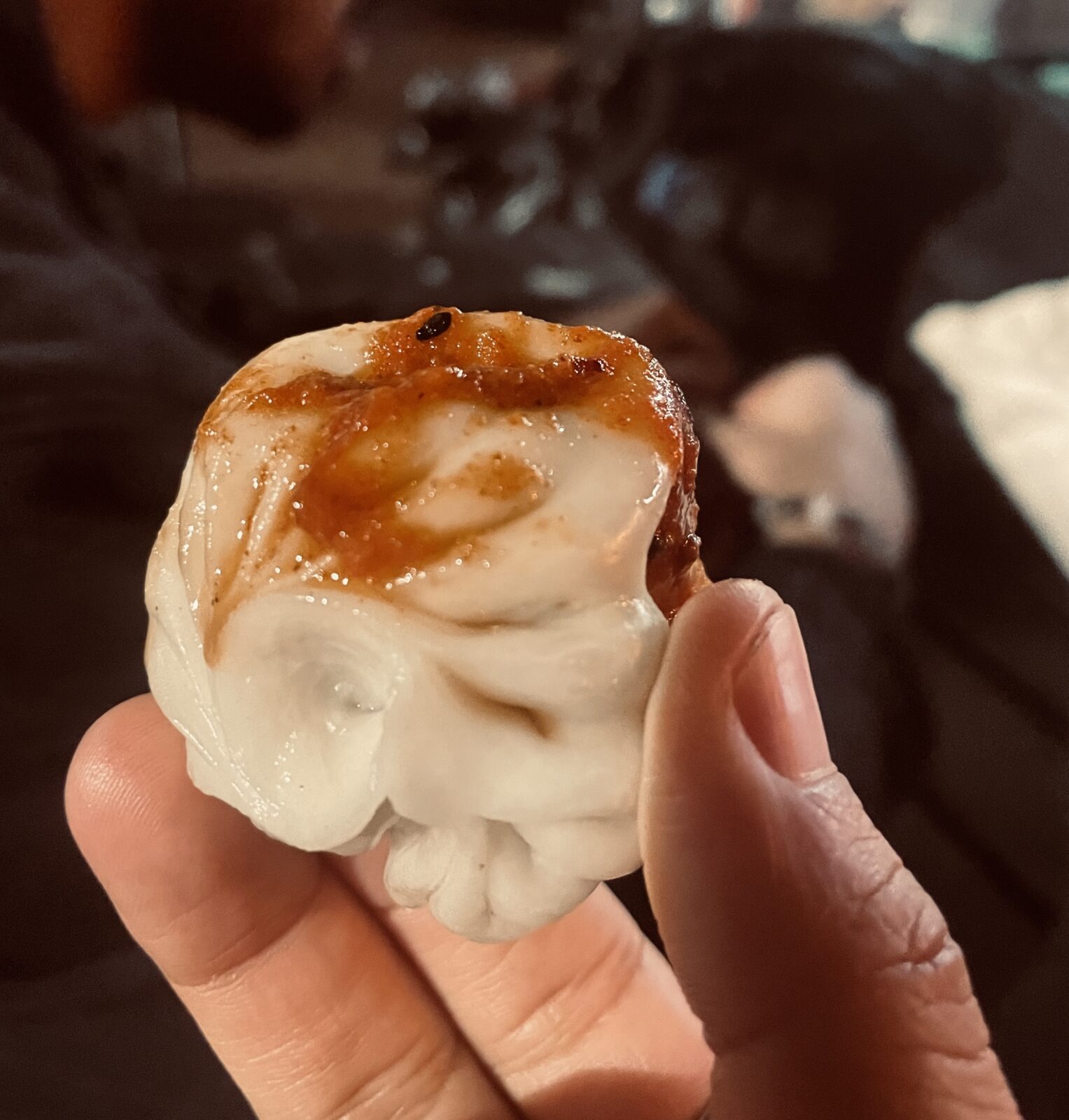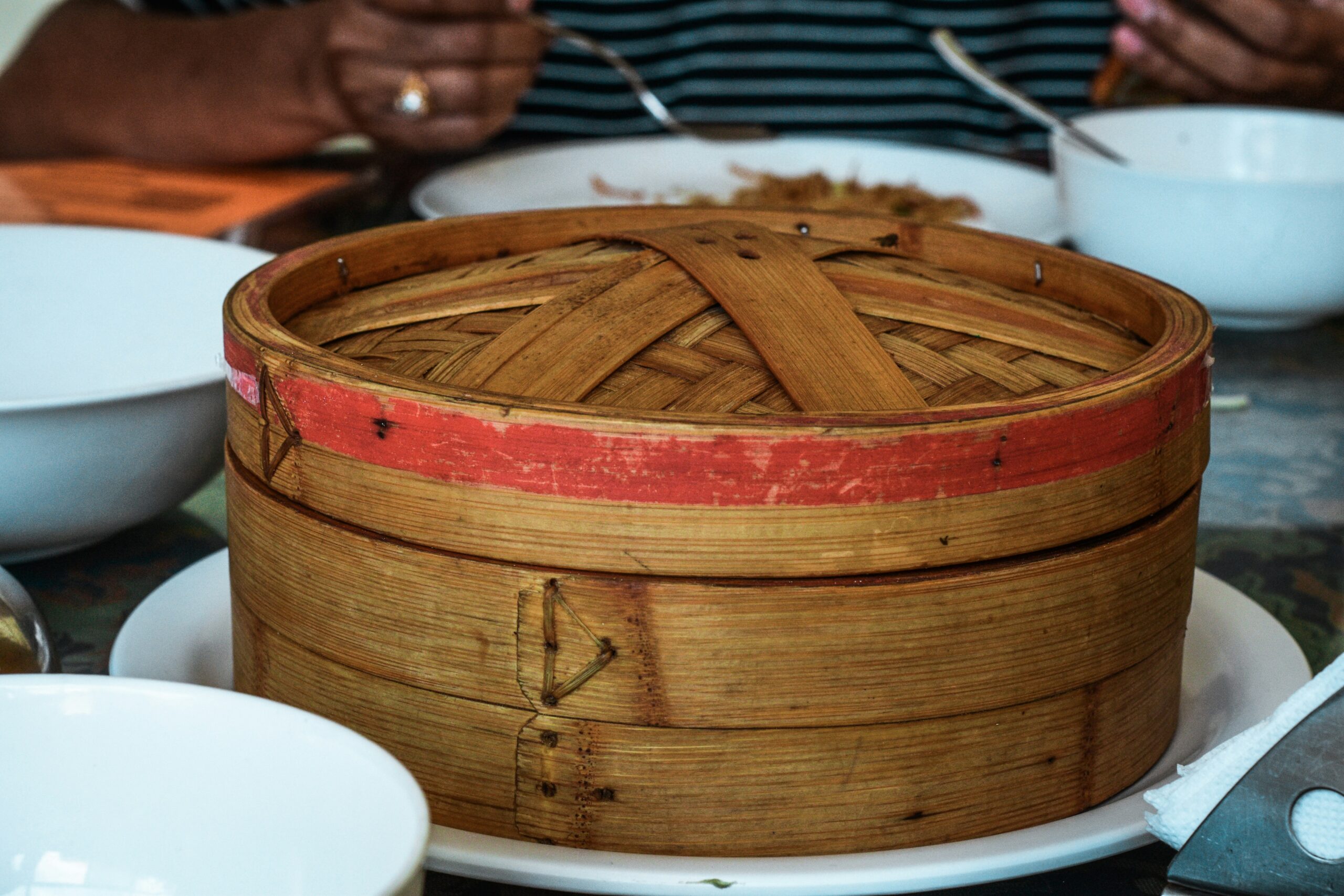For Tibetans, momo is a culinary link back home; just don’t call it a dumpling, writes Dorjee Wangmo
Mention Tibet and most people will envision multi-coloured flags, Buddhist temples, banging gongs, or monks in red-and-yellow robes. For me, though, any talk of my homeland brings to my mind the Tibetan momo that has flavoured 24 years of my existence.
What is momo, you might ask? Well, it looks like a mere dumpling off the menu of a so-called ‘Oriental’ restaurant. But it’s more than just an appetiser, it’s an aspect of my Tibetan identity.
My identity as a Tibetan took a major turn before I was born. It was in the early 60s that my grandfather left his home, in the Kham region of Tibet, as China occupied his country. He escaped along with thousands of other Tibetans and found refuge in northern India.
Growing up, my family spoke a mix of Tibetan, Hindi, and English. We dressed up in our traditional attire, but only when it was an occasion and we knew we must. It’s not that my family has chosen to dissociate from our Tibetan identity, but our ties to our homeland dwindled over the years as part of being displaced. And that has been for over half a century now.
Despite the loss, we maintained our connection in other ways, sharing our meals with friends and family and hosting Tibetan festivals. At each of these gatherings, we savoured momo – the one thing that has always been a beacon of cultural continuity for our people.

Preparing momo is a laborious task. It’s made of a long list of ingredients and seamless teamwork in the kitchen. It’s simpler if you break it down into three parts: the filling, the dough, and the chilly sauce. For the dough, you need to knead the self-raising wheat flour into a stretchable ball and leave it for at least an hour. As for the filling, you need minced beef (or any preferred meat), spring onions, cloves of garlic, and fresh ginger, chopped into small sizes. Then mix everything together with salt, and do a quick tasting.
As we move onto the actual momo making, my mother, my sisters, and I take our positions in our kitchen in Shimla, India, and are ready to spill some tea over the latest neighbourhood gossip. With a Tibetan pop song, playing from the speaker mounted on the fridge, we lip sync as we fill the flattened dough with the stuffing. Then, we hold the dough from its outer lining and pinch it to close it at the end. It sounds technical, but it’s more of a slow art. I often fail to make the perfect design, so my momo always sits aloof right in the middle while the ones made by my mum and sisters circle the utensil.
Fifteen minutes later, we get the dishes off the stove, open the lid and let the steam sink into our faces. The aroma of the beef and its broth is strong, almost palpable. As you savour it, you can feel the warmth of the meat and the broth coming out with every chew. It’s fatty and garlicky, with the perfect amount of spiciness.
“I try to teach them that we call it momo and not dumpling in our language”
Tenzin Wangpo
With five momo, each nearly the size of a lemon, for the first round, and a tablespoon of chilly sauce in the corner of the plate, we are ready to continue stuffing our faces until we have at least 15 each. And that is how we gain our holiday weight every year.
But it’s only now, as I have immigrated from the Tibetan settlements in India to London, that I can feel my touch with momo slipping through my fingers. I haven’t seen a Tibetan in months. My sister lives in Watford, almost two hours away from my place in London. My flatmates prefer pasta. My friends here have never known what it’s like to shape a momo together while laughing at our food’s crooked shapes and family stories. Suddenly, I’m grappled by the fear of losing something I never believed could slip away.

But as is often the case with immigrant communities, however sparsely populated we are in London, Tibetans have established restaurants wherever they’ve settled, serving our dishes in their original form.
Tenzin Wangpo, 33, the owner of Tibet Kitchen in Brick Lane says: “When I first came here in 2003, I could not find any Tibetan restaurants, the ones I knew of were far from central London.” So, he opened the family-run food cart business selling beef, prawn, chicken, pork, and vegan momo in 2008. He said that it makes him feel closer to his Tibetan identity.
Yet, most of the customers he gets always ask if he serves Nepali momo. “I often have to tell them that it’s Tibetan. I try to teach them that we call it momo and not dumpling in our language, but mostly, I just say ‘Tibetan hand-made dumplings’.”
The same dilemma is faced by the staff at Woolwich’s Kailash Kitchen, a Tibetan-run establishment that serves both Tibetan and Nepali cuisine. Ngawang Tharthok, 22, a Tibetan born in Nepal, migrated to the UK in 2011 while his parents opened the restaurant primarily to cater to the students at a nearby Nepali college.
As Tharthok joined the family business, handling such multi-cultural dietary intricacies has become trickier with his consumer demographic mainly being Indian and white Londoners.
Tharthok still stresses the importance of preserving his Tibetan values. This is evident in his aesthetic choices, with the framed image of His Holiness the Dalai Lama, and the golden-coloured interiors akin to Tibetan temple architecture.
Each food comes with its story. If a customer is curious enough to quiz Tharthok and his staff about the Tibetan side of the menu, they are bound to get a brief history of Tibet and the Chinese occupation in return.
As I struggle to maintain my identity in the face of a dwindling Tibetan population in London, it’s the humble, steamed, meat-stuffed momo that still keeps my people tied to their culture and history.
